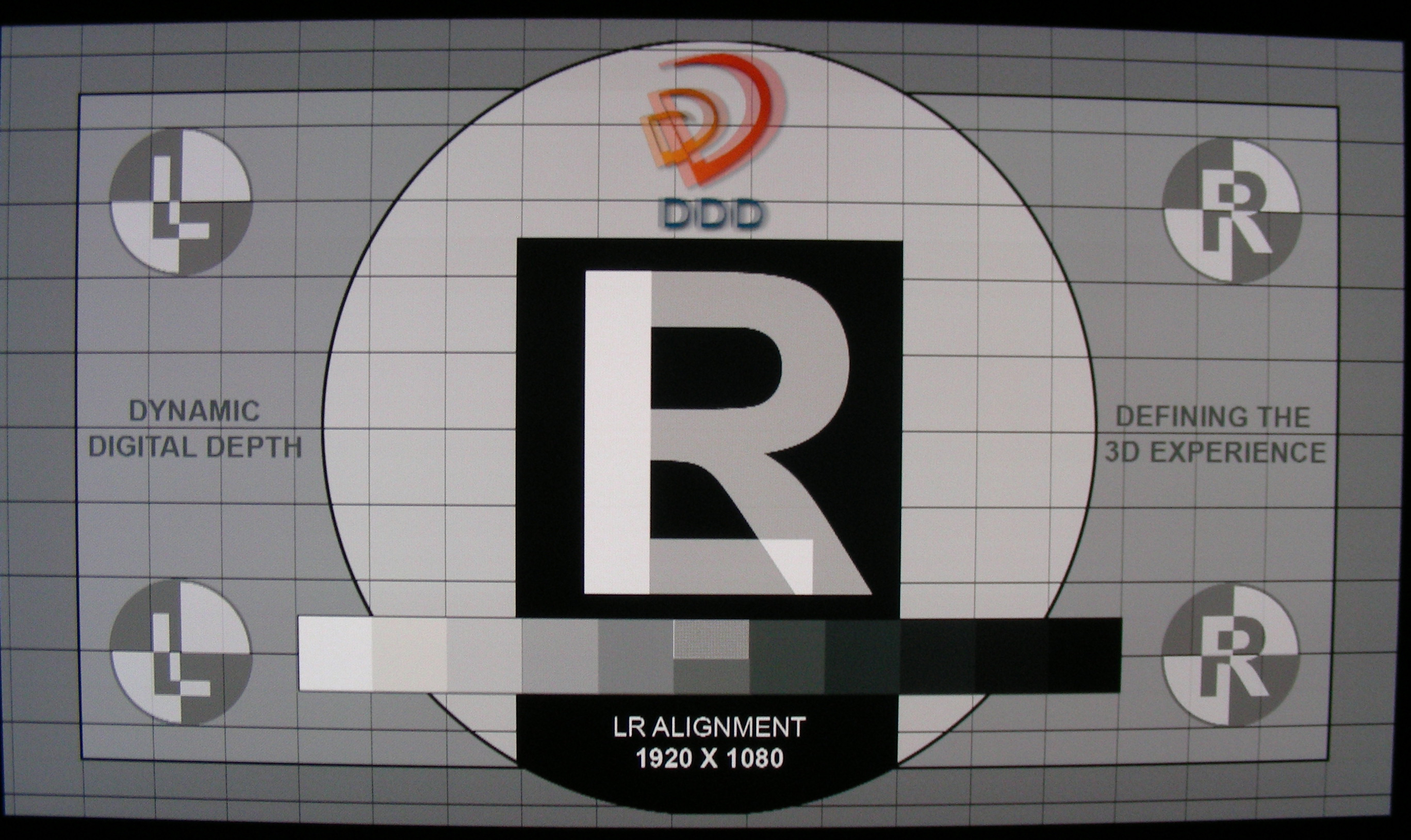cybereality wrote:I don't think the DDD test is necessarily the best empirical test for ghosting, although it does make for an easy image for people to look at and compare.
Yes, but it's the only image that seems to be often photographied on 3D displays. I'd like to see someone create another image which could allow some minimal calibration as I've proposed in another thread, but it seems nobody is interested in this. So I'll continue to use this one for now...
cybereality wrote:I am not sure exactly how you came up with those numbers, but I have come up with some numbers myself (for the original Samsung image). My method is as follows:
For each image, here is what I've done :
- open it in Gimp ;
- resize it to 793 pixels width (to have the same width than the Planar image) ;
- Image | Mode | Grey levels.
For the measurements, I checked the neighbouring average in the options and I selected a radius of 4.
Then I move the mouse on the whole part of the image I'm interested in and I choose the least favorable value depending on the context :
- WHITE : the highest value for white in the big R ;
- BLACK : the lowest value for the black rectangle in the center ;
- BLACK_GHOST_LOWER : the lowest value for lower right part of the circle in the lower left ;
- GREY_LOWER : the highest value in the grey rectangle just below this circle ;
- WHITE_GHOST_UPPER : the highest value for higher right part of the circle in the top left ;
- GREY_UPPER : the lowest value in the grey rectangle just above this circle ;
- WHITE_GHOST_CENTER : the highest value for the L part in the center.
I didn't test for BLACK_GHOST_CENTER since I found it to be barely visible in most images.
Then I do these calculations :
- SCALE = WHITE - BLACK
- LOWER_GHOST = (GREY_LOWER - BLACK_GHOST_LOWER) * 100 / 256
- LOWER_GHOST_SCALED = (GREY_LOWER - BLACK_GHOST_LOWER) * 100 / SCALE
- UPPER_GHOST = (WHITE_GHOST_UPPER - GREY_UPPER) * 100 / 256
- UPPER_GHOST_SCALED = (WHITE_GHOST_UPPER - GREY_UPPER) * 100 / SCALE
- CENTER_GHOST = (WHITE_GHOST_CENTER - BLACK) * 100 / 256
- CENTER_GHOST_SCALED = (WHITE_GHOST_CENTER - BLACK) * 100 / SCALE
With the image of the Samsung LCD, you have :
- WHITE = 214
- BLACK = 1
- WHITE_GHOST_CENTER = 9
And I have :
- WHITE = 220
- BLACK = 0
- WHITE_GHOST_CENTER = 19
You then calculate the scale and the "black on white" ghosting the same way as me, but your measured values are quite different from mine and we get different results in the end (3,75% for you, 8,63% for me). So the difference comes from our greyscale technique and the way we choose the values (worst-case for me, average for you it seems).
It's not really a problem since our own calculations should be comparable between themselves, but not with each other. We would need to choose the same algorithm for greyscale conversion, which one did you use ? And we also should decide if the measures should be worse-case or average, I choosed the former because I didn't want to choose an arbitrary average value or to calculate the average of all the values measured in a zone. It's justified when doing it by hand, but if I write an application to automate this the average value could be a better choice.
It should also be noted that our calculations can't take into account the fact that the black levels may be burned, which is the case for the Samsung LCD image (the two rightmost little black squares in the horizontal scale have almost the same value). That's why I wanted a better ghosting test, which would have allowed to avoid this.
cybereality wrote:From a numbers standpoint, that actually doesn't sound too bad (although taking samples from the sides may be worse). We would need some way to take all those values into account.
Yes, that's why I first measured ghosting in the lower and upper left, but more measurements would be needed to account for all the different types of ghosting (other parts of the circles, and doing all the same calculations for the L image).
cybereality wrote:Especially on displays like Nvidia 3D Vision, which are known to have issues with the tops and bottoms of the screen.
I think we can't do anything about that. When publishing results we should indicate which glasses were used. We can't measure absolute ghosting of a 3D display, only ghosting of a couple (3D display + glasses).





